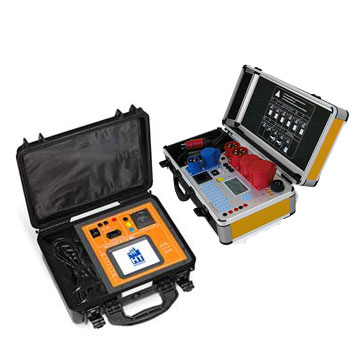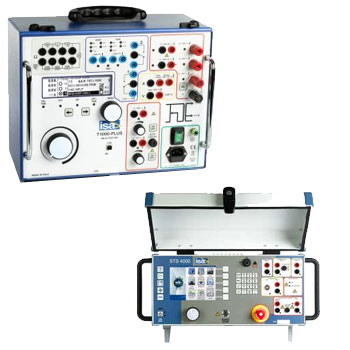
Vortex flow measurement, also known as vortex flow measurement, is used to determine volume and mass flows. The vortex flow meters are able to determine the volume flow of gases, vapors and liquids.
In the 16th century, Da Vinci recorded his observations of eddies in flowing water. In 1912 the Hungarian physicist Kármàn defined the laws of vortices, after which the Kármán vortex street is named.
The vortex measuring principle is based on the eddies that arise when a flow hits an obstacle.

Function
Inside the vortex flow meter there is an obstacle for the medium flowing through, the bluff body. A sensor is located behind the bluff body, which detects pressure differences in the medium flowing through.
As soon as the medium reaches a certain speed, vortices form behind the bluff body, alternating on both sides. Zones with negative and positive pressure are created, the so-called Kármán vortex street.
These pressure differences correspond to the resulting vortex frequencies and are recorded by a mechanical sensor (Fig. 3) and fed to the electronics as a primary digital, linear signal. The distance between the vortices corresponds to a certain volume of the medium. The total flow can thus be determined from the number of individual vortices.
The higher the flow rate, the higher the vortex frequency. Since the flow rate is usually too low in practice, a vortex flow meter with a reduced cross-section is used. The reduced cross-section increases the flow rate without reducing the measurement accuracy.
A temperature sensor is usually built into the sensor. With the integrated flow calculator, temperature-independent mass and energy flows can be calculated. This turns out to be particularly important with saturated steam and gas.

Fig.2

Fig.3
Area of application
Vortex flowmeters are commonly used in processes involving saturated steam, superheated steam, liquid and gaseous hydrocarbons, demineralized water, liquid and gaseous ammonia, and gases such as nitrogen or air.
The vortex flowmeters are a popular addition to magnetic-inductive flowmeters because they can also measure non-conductive media.
If the gas composition changes, if the flow contains particles or if condensate forms, exact measurement results can still be delivered. This property makes the vortex flowmeters attractive for biogas measurements and volumetric measurements of exhaust gases.
Vortex flowmeters are commonly used in the following industries:
- Oil and gas industry
- Refineries
- Chemical and petrochemical industry
- Food and beverage industry
Advantages of vortex flow measurement
- Low installation costs
- Low pressure drop
- Low error rate (0.75% of reading for liquids and 1% for gases)
- Density, pressure, temperature and viscosity of the medium have hardly any influence
- Temperature range from -200 °C to +400 °C
- High long-term stability (no zero point drift)
- Wide measuring dynamics (between 10:1 to 30:1 for gases and vapors and 40:1 for liquids)
- There are Ex versions
Problems
- Vortex flowmeters have a relatively high susceptibility to contamination. Dirty media or media that tend to crystallize can falsify the measurement result in different ways.
- Furthermore, vibrations in the system are responsible for unstable measurement results. These can be caused, for example, by pumps installed in front of the vortex flowmeter.
- The required minimum speed for media flowing through to generate measurable vortices can become a problem. The speed measurement range is therefore always greater than zero, meaning that no standing or slow-flowing media can be detected. An additional device is required here.
- The measurement is limited to only one flow direction.











































































































































































